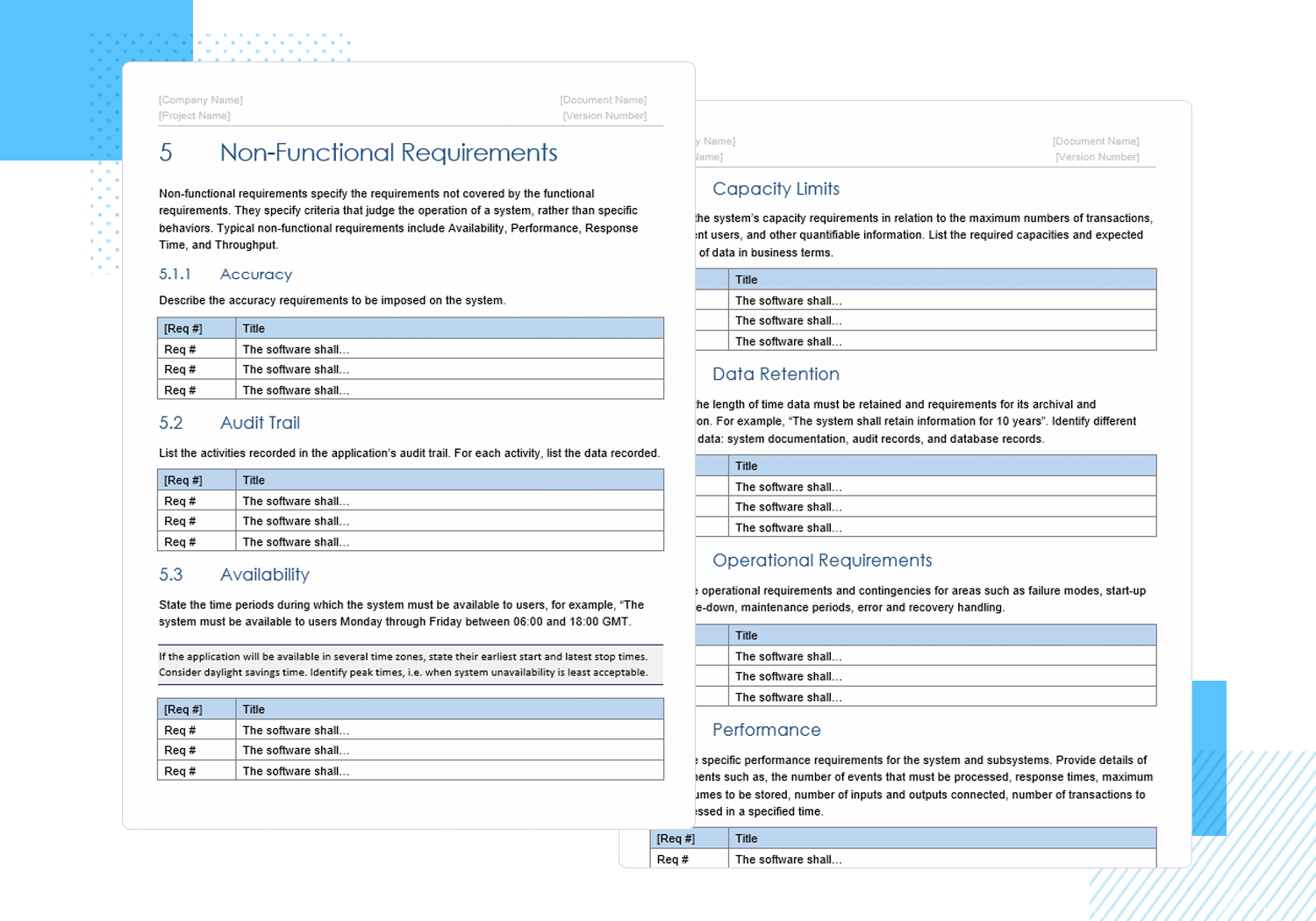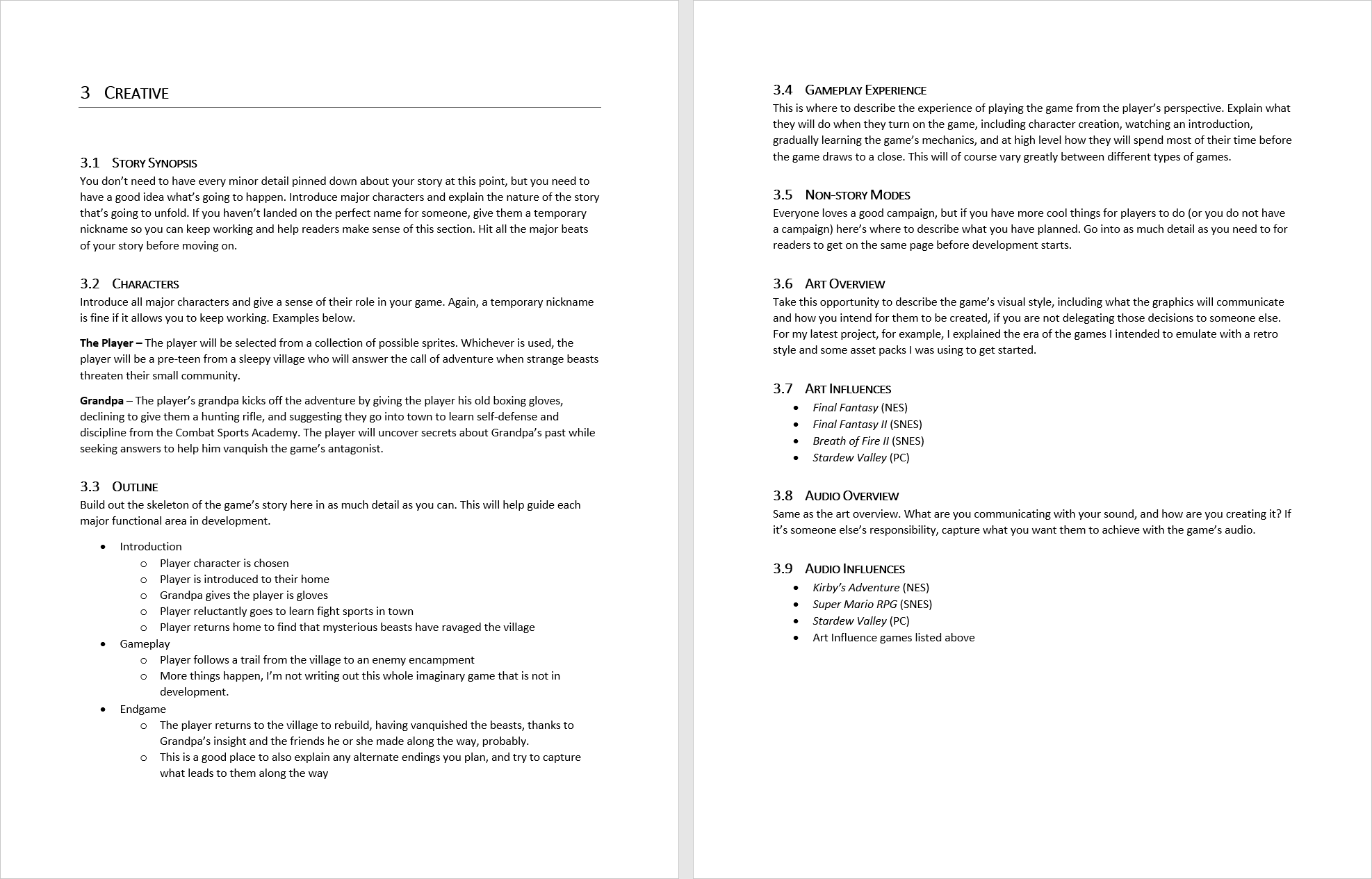Table Of Content

DesignOps is a set of best practices and principles that aims to streamline the effectiveness of design teams. So, rather than just presenting boring facts and figures, weave them into a narrative that the audience will find relatable. With good storytelling, you can build empathy and deepen the connection between stakeholders and the intended users.
Capcom shares original design docs from the first Mega Man - GoNintendo
Capcom shares original design docs from the first Mega Man.
Posted: Wed, 14 Jun 2023 07:00:00 GMT [source]
Design system components and patterns
Design documentation is the process of gathering key documents and material related to a team’s product design process in one place (often dubbed “single source of truth”). This can include anything, from feature outlines to meeting minutes and persona profiles to finished design documents. Software design documents are crucial because they provide a detailed product development template for the development process, ensuring clarity on the system’s structure, functionality, and design decisions. Keep in mind, no matter how skilled a developer may be, this relationship is a much larger challenge.
Collaborate with Developers, Product Team, and Clients
CEDIA and CTA's RP22 Sets New Standards for Immersive Audio in Home Entertainment - rAVe [PUBS]
CEDIA and CTA's RP22 Sets New Standards for Immersive Audio in Home Entertainment.
Posted: Thu, 07 Sep 2023 20:27:30 GMT [source]
Design documents are created to coordinate efforts of a large team, give them a stable reference point, and describe all parts of the software and how they will operate. UI design is a discipline that focuses on building the visual elements and functionalities of a digital product that a user has direct interaction with. For example, the elements included in the product design of a customized, small-scaled eCommerce website will look very different from that of a high-tech database design for a bank. The individual units that constitute a product’s design vary greatly based on the type of product it is as well as the type of technology required in the design process. On the other hand, there are others who recognize the potential value it brings, yet demonstrate passive resistance to its implementation. They normally do so under the false pretense that simply showing developers interactive wireframes or product sketches is sufficient to help them create a product that coincides with the design.
Key Benefits of Creating Your Software Design Document with Bit.ai
Make sure that everybody knows how various versions are marked and minimize the risk of confusion and incorrect decisions. Extra Design Features and Outstanding Issues highlight additional features or challenges. Last come the References and Glossary, listing external resources used in the design and defining all technical terms. This template is an expansive platform where team members can engage in the complexities of their designs, scrutinizing them from every possible angle and refining them into a captivating experience. ClickUp’s Creative Brief Document Template simplifies the execution of creative projects, ensuring seamless collaboration and a shared understanding. This helps in detailing specific activities and tracking the responsibilities of individual team members.
Since an SDD is iterative in nature, let people work on it in real-time. It doesn’t matter if you’re building for iOS or Windows, your SDD will guide your strategy every step of the way. Software design documents explain how a specific piece of software or software feature should be developed. They’re also referred to as software design specification documents or technical specification documents.
How to Create a Software Design Document?
Professional design document templates are invaluable guides to execute any successful software project. They provide a structured framework to precisely implement ideas, keeping the user stories in mind. Use Docs to easily create and store different SDD versions, documenting the complete history of your project’s journey. While an important function of a software design doc is to communicate the technical details of the planned solution to your team, it's not the only reason why it's written.
How to create software design documents
You can gather user experiences from similar existing software products to learn from others' past mistakes. Using hypothetical situations in which users employ the product to achieve a specific goal, developers can understand their decision-making to create a more intuitive product. Such a document not only assists developers in understanding the underlying structure of the software but also helps project managers track progress and identify potential roadblocks. It’s a maraton, not a sprintDesign documentation is not a one-time activity.
Remember to add relevant context, like any design details from the client, and so on. Nuclino brings all your team's knowledge, docs, and projects together in one place. It's a modern, simple, and blazingly fast way to collaborate, without the chaos of files and folders, context switching, or silos.
As the project evolves, it will become more difficult to recall why a specific iteration was made or the rationale behind a specific decision. Documentation allows the team to find all these answers within minutes, leading to fewer meeting loops. Use version control to keep track of all the changes and ensure that team members always refer to the latest version. Give your readers a roadmap to help them navigate your document by starting with a table of contents.

But don’t stop there — a lot of smaller projects could benefit from a mini design doc too. Multiple people can simultaneously collaborate on a Bit smart document in real-time. It’s a great way for software developers to handle different aspects of the software together under a single roof.
And well-structured software design documents can save you days, or even weeks of wasted time. The goal of software design documents is to assure that everyone is on the same page, and that we can help both parties build great products and innovate in record time. When looking for a software design document template, one of the most important things to keep in mind is collaboration. As mentioned above, the best software design documentation is written collaboratively, and you'll need to find a platform that facilitates team members working with each other effectively. If you don’t have software design documents, your team will have issues in ticket measuring, sprint planning, etc. SDDs also help teams forecast likely challenges/roadblocks and thus, pre-emptively plan for the same.
User journeys are like maps that help illustrate the user’s movement through your product. This journey starts right from the initial awareness right up to post-purchase support. Documenting these insights will help keep your design focused on the people who your product is for. Avoid technical jargon and make this section as simple as possible so all stakeholders can understand it. This section covers the practical aspects, specifying the deployment environment and procedures.
You might find class diagrams, timelines, and other charts similarly useful throughout your SDD. While the milestones section of your SDD provides a general timeframe for non-engineering stakeholders. This section is far more detailed and is mostly for the benefit of your engineering teams. In your timeline, include specific tasks and deadlines as well as the teams or individuals to which they’re assigned.
The data flow section visually maps out how information moves within the system. It pinpoints where the data comes from, what processes it goes through, and where it ends up. You’re piecing together a thorough and nuanced understanding of how the system operates under the hood by spelling out what the components do, their responsibilities, and how they interact.
A technical design document should contain a range of information, as we've already mentioned. However, your industry will determine your document's precise format and style. Nevertheless, there are a few rules you want to follow when composing your technical design document.

No comments:
Post a Comment